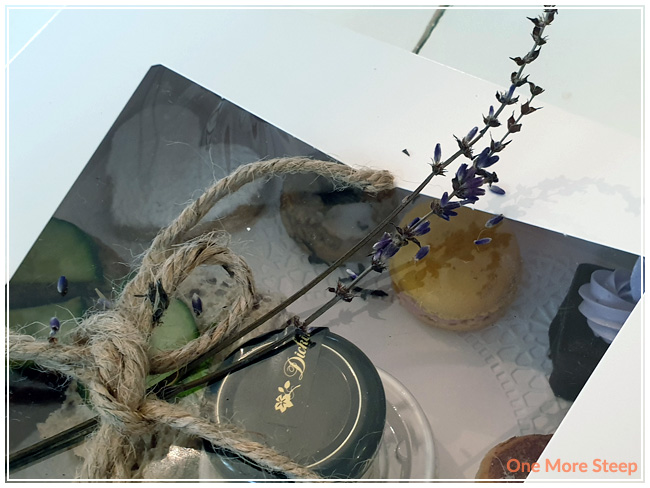
I talk a lot about resteeping tea here on One More Steep. To me, it’s one of the signs of a good quality tea: being able to resteep the same leaves and get more drinkable tea out of it with a good amount of flavour.
My basic steps to resteeping any tea is to heat up water to the recommended steeping temperature for the tea (if your tea doesn’t come with that sort of information, I’ve got a handy temperature guide!) and then pour the water over the leaves again. Whatever the recommended steeping time is, you add 30 seconds for each subsequent steep.
![]()
Example: You want to steep a black tea where you steep with 100°C (212°F) water for 3 to 5 minutes.
Initial steep: 100°C water for 5 minutes
1st resteep: 100°C water for 5 minutes 30 seconds
2nd resteep: 100°C water for 6 minutes
3rd resteep: 100°C water for 6 minutes 30 seconds
4th resteep: 100°C water for 7 minutes
![]()
Resteeping leaves allows you to further the tea drinking experience with the same leaves. This works best with straight/traditional teas (e.g. teas that have no added flavourings, fruit ingredients), not tisanes. Tisanes often don’t do well when being resteeped.
After I steep the leaves, I will remove my infuser from the tea pot and rest it in a bowl or on a plate to allow the leaves to drain (so they do not continue to steep!). The leaves don’t fully dry out between steeps, so when I’m ready for the next steep, I just insert the infuser back into the tea pot and pour in more water.
Please note, if you opt to resteep leaves, you should be doing it all in the same day. If you leave out the leaves overnight or longer, you run the risk of mold growing on the leaves – the leaves are damp and provide a moist growing environment for mold spores. I only resteep my tea leaves during the same day as the initial steep.








